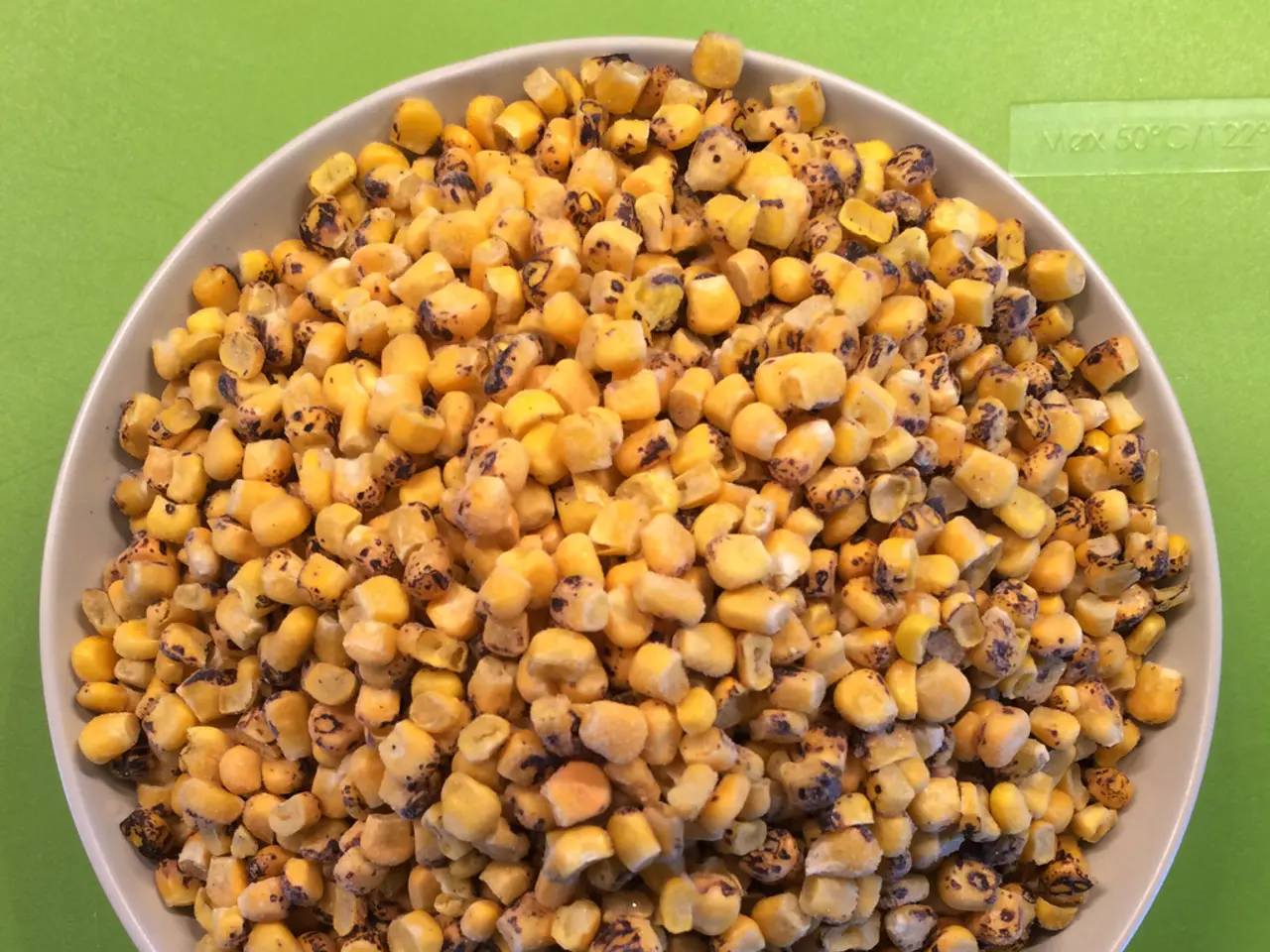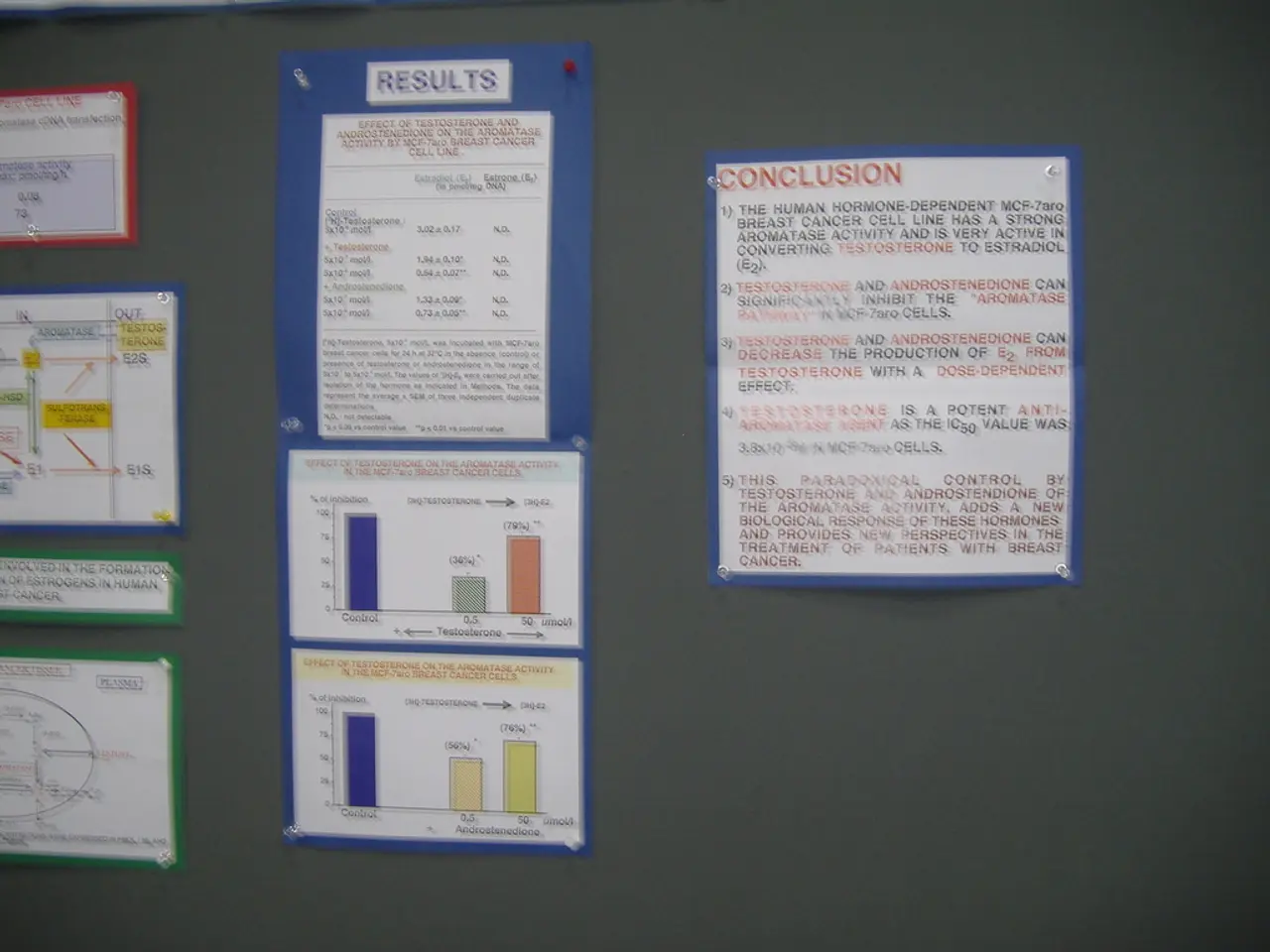Inaction on government pricing fuels ongoing practice of burning food in India
India's ambitious goal to promote second-generation (2G) ethanol for sustainable fuel blending faces significant challenges, with production constituting less than 1% of the country's total biofuel output. High production costs, lack of price differentiation from conventional 1G ethanol, expensive enzymes required for processing, and logistics hurdles related to collecting and processing agricultural residues are key obstacles [1][2][5].
Although India has set a target of 20% ethanol blending in petrol by the end of 2025, there is no specific sub-target or guaranteed procurement for 2G ethanol, which discourages investment and scale-up of commercial plants. Financially, 2G ethanol producers face difficulties securing funding due to uncertain prices and market demand, as cheaper 1G ethanol from sugarcane remains dominant because of guaranteed procurement by oil marketing companies [1][2].
The government has allocated a record 5.2 million metric tonnes of rice for first-generation ethanol production, nearly 9% of global rice shipments, in a year's time spanning 2024 and 2025. However, first-generation ethanol production reduces the availability of grains for people and cattle and shifts land away from food production [3].
In an effort to address these concerns, the Indian government launched a national program in 2019 to promote 2G ethanol, with a budget of 1.97 billion rupees, but only one demonstration plant out of the 12 planned is operational [1]. The government has considered setting a separate price for 2G ethanol, expected since April 2025, but has yet to announce it [1][2].
Meanwhile, India's overall ethanol blending program has made significant progress, achieving the 20% blending target in petrol ahead of schedule, largely driven by 1G ethanol from sugarcane and grains. The government is also expanding feedstock sources and promoting 2G biofuels from agricultural residues to address sustainability concerns related to food security and water use [3][4][5].
Ramya Natarajan, a research scientist at the Centre for Study of Science, Technology and Policy (CSTEP), has pointed out the logistical challenges in collecting and transporting waste from small farms. The collection, drying, storage, and transport of waste for 2G ethanol production can add significant costs [5].
Experts suggest that financial support and pricing clarity are critical for 2G ethanol production due to its higher costs. At least for the initial three to four years, a higher price is essential for 2G ethanol production, according to Y.B. Ramakrishna [5]. Second-generation ethanol, which uses crop waste instead of food crops, can help cut planet-heating emissions, reduce oil imports, and avoid making fuel from food needed for human consumption [1].
However, the lack of a separate 2G ethanol blending target leaves the greener alternative to compete for customers with the cheaper 1G ethanol. Without a separate, appropriate price for second-generation ethanol for the economics to work, financially ready firms are unable to secure funding [1][2].
In summary, India's 2G ethanol production is stymied by economic, policy, and logistical barriers, mainly the absence of price incentives, high processing costs, and complex residue supply chains. Overcoming these will be critical for scaling up 2G ethanol and reducing reliance on food-based 1G ethanol fuels [1][2].
References: [1] The Economic Times. (2021, March 23). 2G ethanol: India's green fuel dream hits logistical, economic hurdles. Retrieved from https://economictimes.indiatimes.com/news/economy/agriculture/2g-ethanol-indias-green-fuel-dream-hits-logistical-economic-hurdles/articleshow/81546162.cms
[2] Financial Express. (2021, February 10). 2G ethanol: India's cleaner, greener fuel faces logistical, economic hurdles. Retrieved from https://www.financialexpress.com/auto-news/2g-ethanol-indias-cleaner-greener-fuel-faces-logistical-economic-hurdles/2247732/
[3] Business Standard. (2021, February 16). India's ethanol blending programme achieves 20% blending target in petrol ahead of schedule. Retrieved from https://www.business-standard.com/article/economy-policy/indias-ethanol-blending-programme-achieves-20-blending-target-in-petrol-ahead-of-schedule-121021601214_1.html
[4] The Hindu. (2021, January 29). Centre eyes 20% ethanol blending in petrol by 2025, mulls granting sugar mills ethanol production licences. Retrieved from https://www.thehindu.com/business/Economy/centre-eyes-20-ethanol-blending-in-petrol-by-2025-mulls-granting-sugar-mills-ethanol-production-licences/article37355540.ece
[5] Down To Earth. (2021, March 1). India's 2G ethanol production: Challenges and opportunities. Retrieved from https://www.downtoearth.org.in/blog/climate-change/indias-2g-ethanol-production-challenges-and-opportunities-78400
- The Indian government's national program for promoting second-generation (2G) ethanol is facing difficulties due to expensive enzymes required for processing and logistical hurdles related to collecting and processing agricultural residues.
- Experts argue that financial support and pricing clarity are necessary for 2G ethanol production given its higher costs, suggesting a higher price for at least the initial three to four years to make production economically viable.
- Second-generation ethanol, which uses crop waste instead of food crops, can contribute to climate change mitigation by reducing oil imports and greenhouse gas emissions, making it a more sustainable energy source.
- The renewable-energy industry is urging the government to set a separate price for 2G ethanol, as the lack of price incentives and high production costs have discouraged investment in commercial plants.
- Despite the government's efforts to promote 2G ethanol, the overall ethanol blending program remains dominated by first-generation ethanol from sugarcane, due to guaranteed procurement by oil marketing companies and logistical challenges in collecting and transporting waste from small farms.




